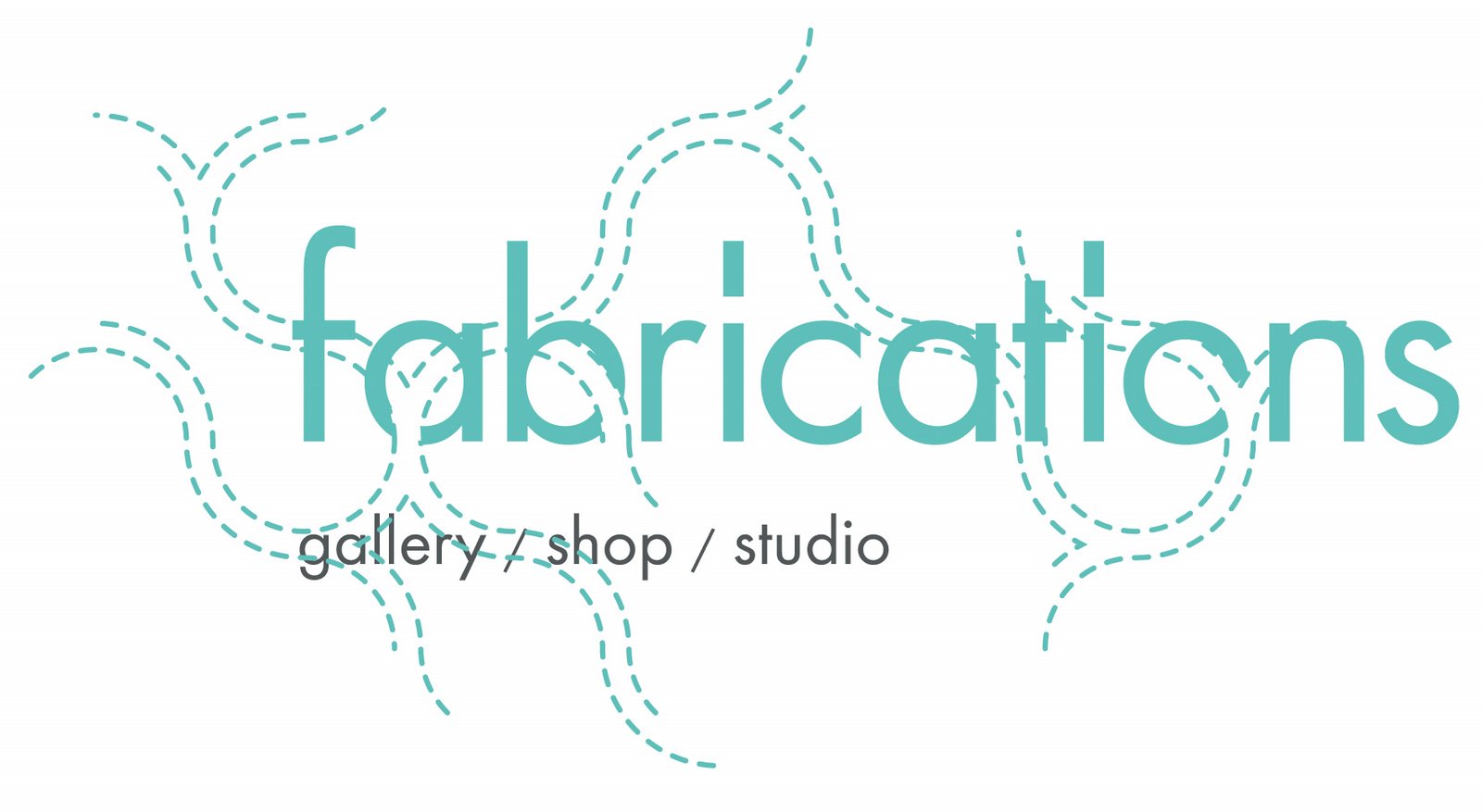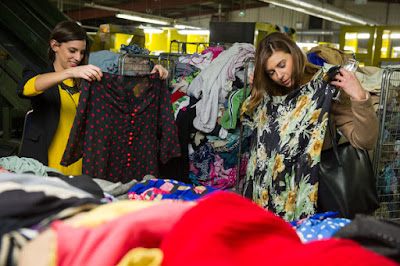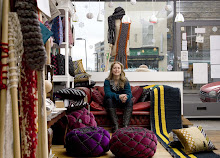I am delighted to present highly skilled and beautiful lady Bella Lane for my next 'Meet the Maker' series of blog posts. Bella is a master Peruvian embroiderer and also Royal School of Needlework trained.
My path crossed with Bella at the Knitting & Stitching show where we were both teaching. I was very happy when she agreed to start offering her hand embroidery classes at Fabrications about a year ago. Her 2 forthcoming embroidery classes take place on Saturday May 13th - " Learn hand embroidery applique & stitch an Arpilleras of Peru " & "Learn hand embroidery & stitch an Andean rose ". A unique treat for beginners and existing embroidery enthusiasts as these mini master classes focus on Peruvian embroidery techniques, culture and history.
Tell me and the readers a little about yourself
and what drew you to focus on
embroidery?
My journey in embroidery started 40
years ago in the heart of the rain forest of Peru and it has been an incredible
journey to reach this stage were I’m available to deeply understand the art of
hand embroidery and the art of using it to express and inspire others by
stitching, embroidering for professional use, fun, therapy, healing or just
experimenting. I have been in the professional embroidery world for 10 years now
and have worked with so many people and companies through commissions here in
London which was a great springboard for pushing and extending the
traditional professional training I had received for full three years. As well I
have been teaching all kinds of embroidery workshops, for individuals groups her
in UK and abroad, and still do this whenever I can. Stitching two pieces of
cloth or stitching a single button really stops the busy world around us and
really can connect us with our ancestors who at some point of their lives also
stitched the same things without thinking that needles, threads and cloth will
be with us forever, generation by generation. Technology will move fast but we
always will depend on the needle and threads, these items never will die as we
do. This is what draws me in to the world of hand embroidery. When I'm working
with needle and threads, my mind is transported to another place, a place that
can be beautiful, peaceful, intense and challenging and my love for needlework
and embroidery has helped me to produce magnificent pieces of embroidery, many
of them were recognised with Awards.
You are a master Peruvian Embroiderer and also
adept in English embroidery! How do the techniques
compare?
What is an 'Arpilleras of Peru’ ?
Needle and thread is the common connection
between English and Peruvian embroidery, I love both of them. In Europe we work
with the finest threads, cloth and tools; in Peru we work with what we have.
Peruvians love very bright colours, in England we like more subtle colours.
These choices are affected by our culture, history, weather, and so many other
factors, even our language. As we are in Great Britain, Peruvians are very
proud of our ancient cultures. The rich textile heritage that the ancient
peoples of Peru have bequeathed to us gives us so much to learn and enjoy, not
just in embroidery but for all art forms. Those attributes are an invaluable
contribution that Peru has to offer, not only for their own people but for
everyone who is interested in textiles and art. I consider myself so fortunate
to belong to both places. These days I am a British and Peruvian citizen. Always
I'm delighted when people in Peru ask me teach them English embroidery
techniques, and when I'm in UK I am very happy teaching Peruvain embroidery. It
is such a valuable asset to have these two cultures at once.
What is an 'Arpilleras of Peru’ ?
Arpilleras in Peru is the modern approach to textiles embellished with
recycled or unwanted fabrics, stitched with bright coloured threads. In other
words, it is a form of Peruvian applique. The creation of Apilleras started in 1974 in Chile, a year after
Augusto Pinochet came to power. During this time friends, brothers, husbands
and other members of the family disappeared, and were never found again. The
wives and dependents of the ‘disappeared’ were left in poverty, so they started
to stitch poignant Arpilleras pieces in memory of their loved ones
and as a silent protest against Pinochet’s government. These pieces were so
beautiful and evocative that they soon became very popular, and visitors began
to collect them; soon after they started to export the work to all America and
Europe. Our next class with Arpilleras will be a 'beginner
Arpillera project'. Participants
will learn technical stitches, design composition and execution of their
own Arpillera
creation. It is a great
opportunity to join us and start an amazing personal journey of creating scenes from Peru or your own locale with cloth and
threads with the concept of using pieces of recycled and upcycled textiles.
After completion students can apply the same techniqus to their own small or
large projects at home.
What is the significance of the 'Andean rose’
? How did it come into being and how are they
used?
Andean people love flowers and wild life. They
stitch all year around their own costumes, and items for sale with floral and
animal designs with bright colours for the Andean Festivities. Flower designs
are the principal theme of the ladies' skirts and blouses called
“Polleras”.
“Andean Rose” is the
given name of a full day or 3 hours master class embroidery workshop. This
workshop and this floral Rose design ‘kit' is the principal design for mastering
and learning the art of some Peruvian Andean Embroidery techniques. After class
participants can finish their pieces at home and apply and incorporate the
techniques in their own work.
Thank You Bella! I am looking forward to your next workshops at Fabrications and hope dear reader you can also join! To book your place, Contact Fabrications, Hackney, East London















































